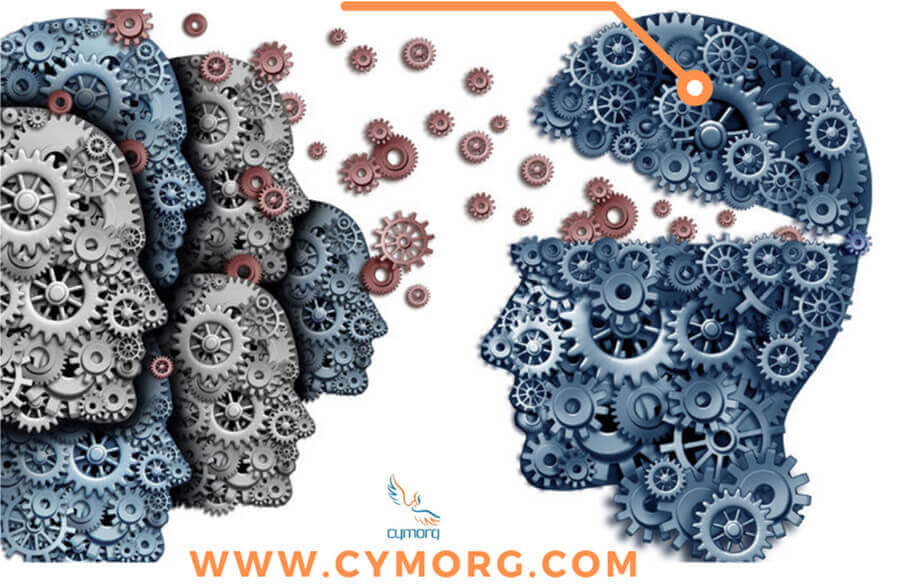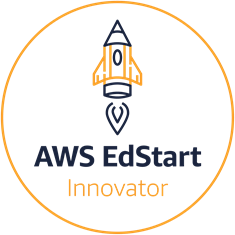-

How Many Employees Learn And Why They Often Don't
Feb 23 2021By Sriram PadmanabhanLast summer, many of us turned to new hobbies to make productive use of the Covid-19-enforced downtime. Some started baking, and others picked up a guitar for the first time since college. I took online classes in watercolor painting and learned a lot from the experience about how adults do and don't learn.
Visualizing The Outcome During The Process
Now I enjoyed messing around with watercolors as a kid but have never had formal training. My Zoom teacher is a brilliant artist, whose Instagram page has taken my breath away for years. My objective was simple: If I could learn how to paint a landscape a fraction as well as she does, it would be a quarantine well spent. The eight other students in the workshop had similar objectives.
For the first two classes, however, we didn’t come close to even seeing a landscape. Instead, we were taught all about brushes, paints, palettes and paper, about how to mix water and paint and arrive at different strengths, about how paint flows on paper and which colors mix to form which other colors. None of us had taken the class to learn this stuff. It was necessary — we got that — but we were a bit lost and impatient.
On the third day, we learned how to paint a bowl of cherries, using techniques we’d previously learned, and then things began to fall in place. And it occurred to me that children are perfect learning machines. Learning is an end in itself for them; they don't typically look beyond it.
But before many adults learn, we need our eyes on the prize. We need a purpose or desired outcome in mind. The process that will get us there — what we need to learn — often seems disconnected from the outcome, and it annoys us if we are unable to understand why something is relevant to our context. People lose interest in training that is not connected directly to the outcomes they’d like to see.
Hands-On Practice Makes Perfect
Our teacher also talked incessantly as she painted with deft, decisive touches — dabbing, dipping, drying and smoothing in turn, explaining everything she was doing — but when we followed her instructions, all we got were blobs that spread like cauliflower florets.
There is a knowing-doing gap that we aren't even aware of until we try. With heuristic-based activities like art (or leadership), observing others or hearing them describe a process is no patch on experiential learning. People often learn to do something complex only by trying to do it themselves.
On the fifth day, our teacher taught us to paint a sky with clouds — a deceptively difficult assignment. She painted one flawlessly, and as we oohed and aahed, she consoled us by saying it was pretty hard to master. Behind the effortless masterpiece in front of us were a hundred afternoons of painting nothing but clouds that looked like the sad ones we had conjured up.
You have to understand that mastery comes from deliberate practice. Great outcomes come from experience, and experience comes from poor outcomes.
Enhancing Corporate Learning And Development
I had learned something valuable from these classes, but it wasn’t about watercolor alone. It was something core to the nature of learning and critical to the design of corporate learning and development programs.
Put simply, I believe your employees will not learn unless you:
- Start by defining a broader purpose or eventual outcomes behind the learning;
- Link learning content to these desired outcomes in meaningful ways;
- Allow experiential experimentation in a realistic context; and
- Make deliberate practice enjoyable and not a chore.
If you agree that corporate learning is only successful when participants apply the lessons in their day jobs, and if you are disappointed at how often that isn't happening with your learning and development programs, these lessons I learned about learning might be of interest to you. I hope I've painted a useful picture.
 Written By
Written BySriram Padmanabhan
President and Founder of Cymorg, a digital Leadership Development solution that combines gamification, data science & business simulations.
Know More












